
New Zealand Electronic Appliances RCM Certification Mark
Electronic and electrical products in the Australian and New Zealand markets must comply with local safety standards and electromagnetic compatibility (EMC) technical standards and certification requirements, and must affix a unified compliance mark — the rcm mark — in order to be circulated in the market.

Countries where RCM is applicable:
Australia, Nauru, Fiji, Solomon Islands, Kiribati, Micronesia, Tuvalu, New Zealand, Tonga, Marshall Islands, Vanuatu, Papua New Guinea, Samoa.
Australia categorizes products into 3 classes:
Low-risk equipment (level 1): Suppliers must ensure that the products comply with the relevant safety standards and retain compliance evidence for five years after the product is discontinued.
Reference standard: AS/NZS 3820
Refers to DC powered products (apply for RCM directly with EMC report).
Medium-risk equipment (level 2): Products must undergo testing at designated test facilities and register product information in the EESS database.
Reference standard: AS/NZS 4417.2
Refers to AC powered products (apply for RCM with EMC report + safety report).
Products include: air conditioners, portable lamps, projectors, household appliance connectors, lamp holders, fluorescent lamp ballasts, etc.
61 types of products in the list (apply for rcm certification + EESS registration with EMC report + safety report + government regulatory agency-issued certificate or recognized external certification scheme (RECS) such as SAA).
Australian RCM Certification Process:
1. Issue a test report according to the standards within the scope of accreditation.
2. Submit the Australian RCM application form.
3. Submit test reports to Australian issuing authority for document review.
4. Australian authority reviews the test reports.
5. If approved by Australia, issue the RCM certificate.
RCM certification period: Determined based on the information provided by the customer. For RCM certification with SAA certificate and EMC report, it takes 1-2 weeks.
RCM Email: hello@jjrlab.com
Email:hello@jjrlab.com
Write your message here and send it to us
 ASTM D4169 Drop Test
ASTM D4169 Drop Test
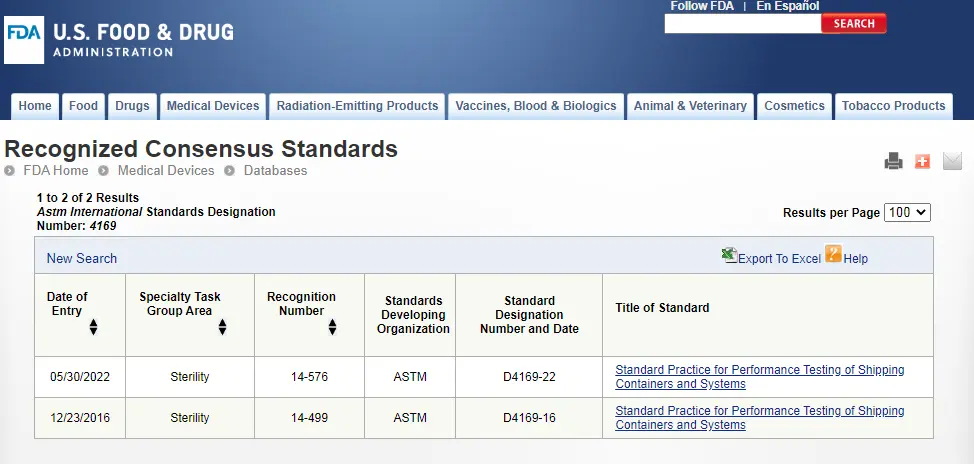 ASTM D4169 Packaging Simulation Transportation Tes
ASTM D4169 Packaging Simulation Transportation Tes
 What is ASTM D4169 Testing?
What is ASTM D4169 Testing?
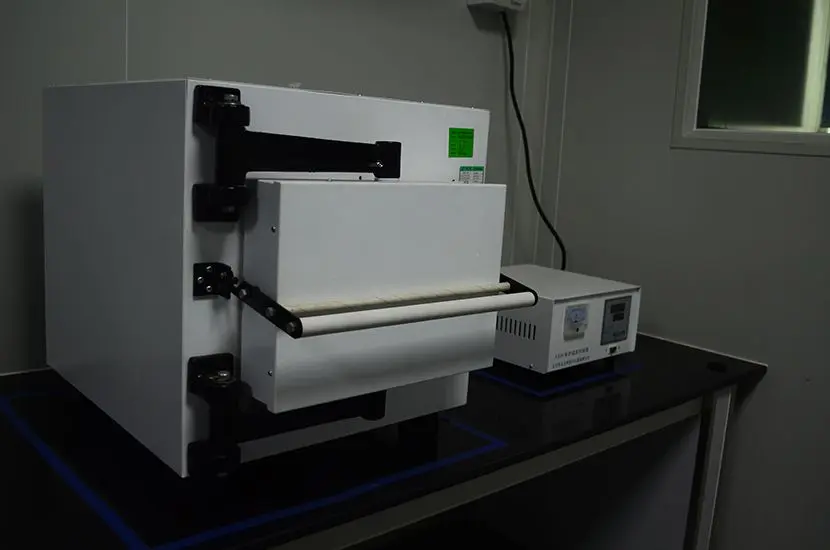 ASTM D4169-23 Test Standard Revision
ASTM D4169-23 Test Standard Revision
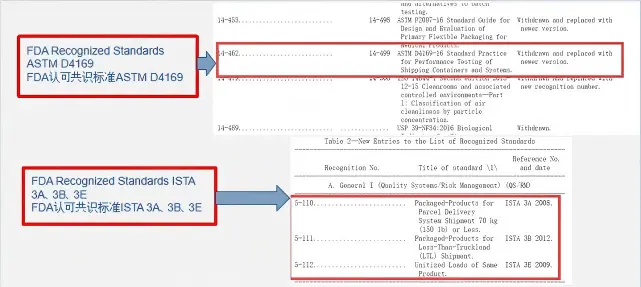 Transport Simulation Testing for Medical Device Pa
Transport Simulation Testing for Medical Device Pa
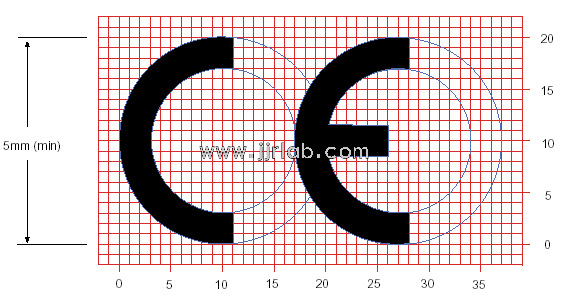 EU CE Certification Guidelines for Lighting Fixtur
EU CE Certification Guidelines for Lighting Fixtur
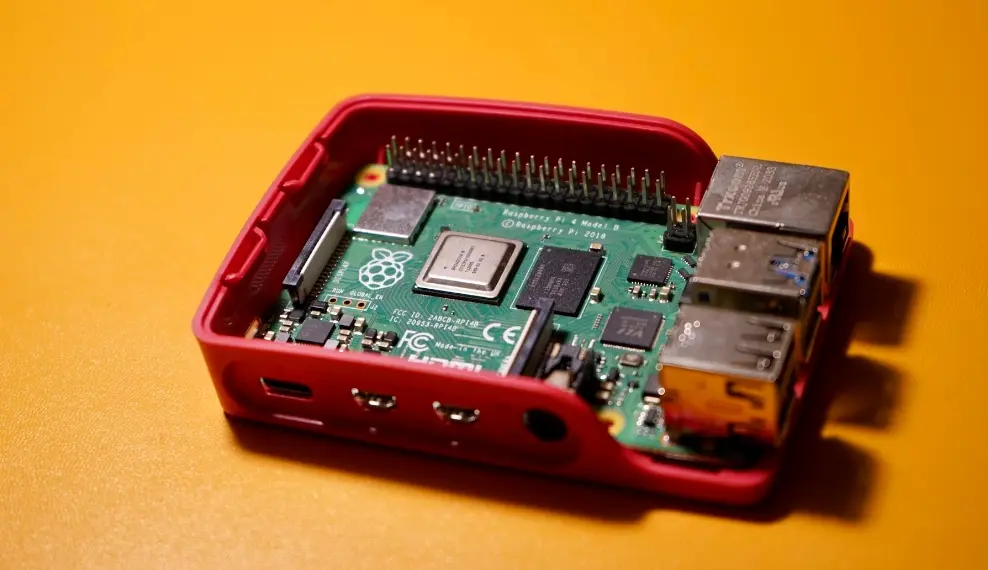 Lithium Battery Export: CB Certification & IEC
Lithium Battery Export: CB Certification & IEC
 How to Apply for One FCC Certificate for Multiple
How to Apply for One FCC Certificate for Multiple
Leave us a message
24-hour online customer service at any time to respond, so that you worry!




